What’s the BEST Way (the Effective Way) to Wash Produce?
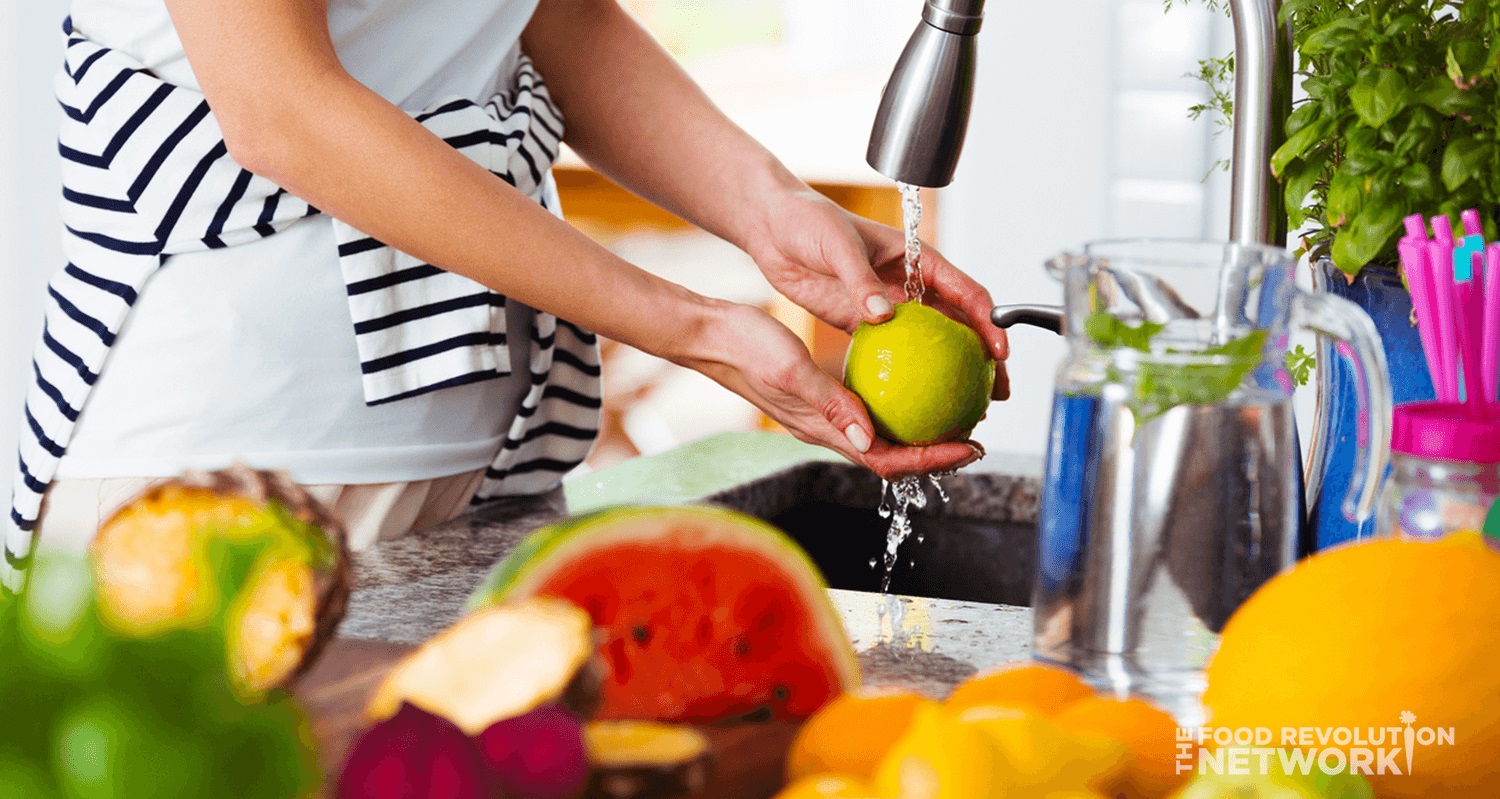
Do you know why it’s important to wash your produce before eating it? You’ve likely answered “Pesticide removal.” And you’re right. In our modern world, almost no food is 100% free of pesticides. Surprisingly, even organic produce may contain some pesticide residues.
Another reason washing produce is important is to prevent foodborne illnesses. There’s lots of research proving that taking a few minutes to wash your produce effectively protects against illness and pesticide exposure.
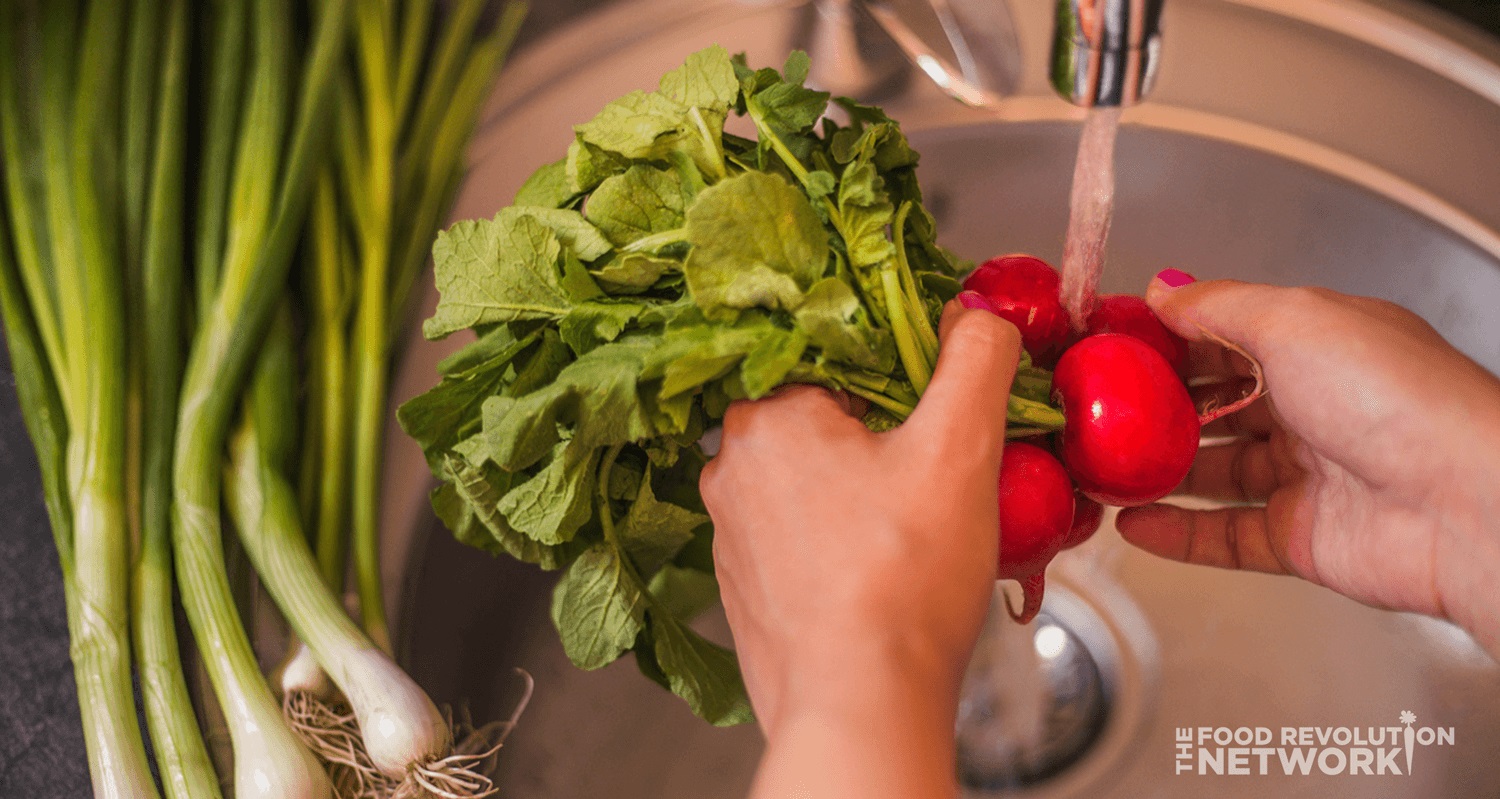
But, do you know what’s the BEST way—the effective way—to remove pesticides from your fresh fruits and vegetables? The answer might surprise you. The most common practice is to simply rinse produce under cold, running water. However, scientists at the Connecticut Agricultural Experiment Station found that washing produce with running water reduced the amount of pesticide residue for 9 of the 12 tested pesticides. In other words, this method works well to remove some of the pesticide residues from some forms of produce.
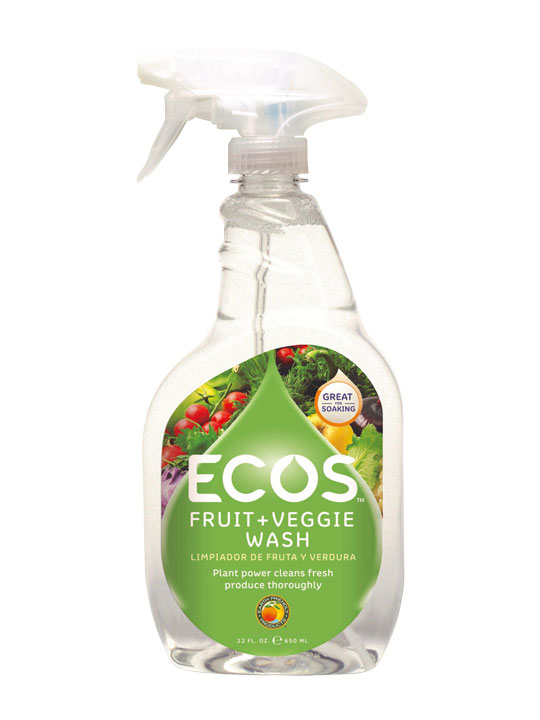
So yes, running water can work most of the time. But what about using products called “produce cleaners?” Is it worth the expense and bother to use these? Research has shown that most commercial produce cleaners are no more effective than plain water. So save your money.
Yet there are several liquids have been shown to be more effective than plain water. Those are salt water, vinegar water, or baking soda water.
Research scientists did several experiments washing vegetables for 20 minutes in vinegar, a salt water solution, or plain water to eliminate the residue of four common pesticides – chlorpyrifos, DDT, cypermethrin, and chlorothalonil. Of the four liquids, they discovered that a 10% salt water solution was the most effective (much more effective than washing with plain water).
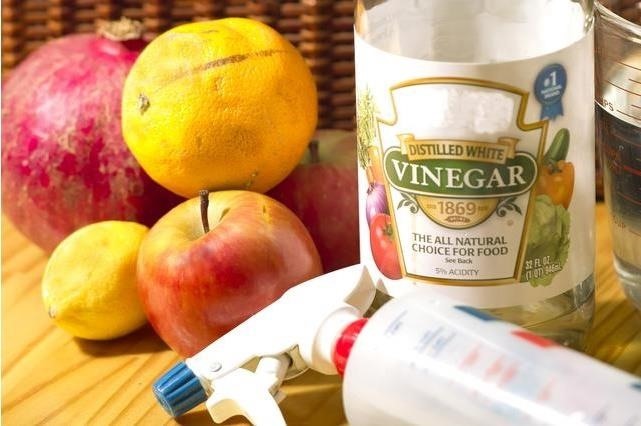
Full-strength vinegar was found to be equally as effective. But there are two drawbacks to using vinegar: it would get expensive and it would leave foods with an unwelcome vinegary flavor, making it less than ideal for a daily vegetable wash. So salt water is a better choice…it’s one of the easiest and most cost-effective ways to remove certain pesticides.
But, the research continues: What may be the BEST way to clean fruits and veggies comes from a new study published in the Journal of Agricultural and Food Chemistry. This study compared the effectiveness of plain water, a Clorox bleach solution, and a baking soda and water solution.
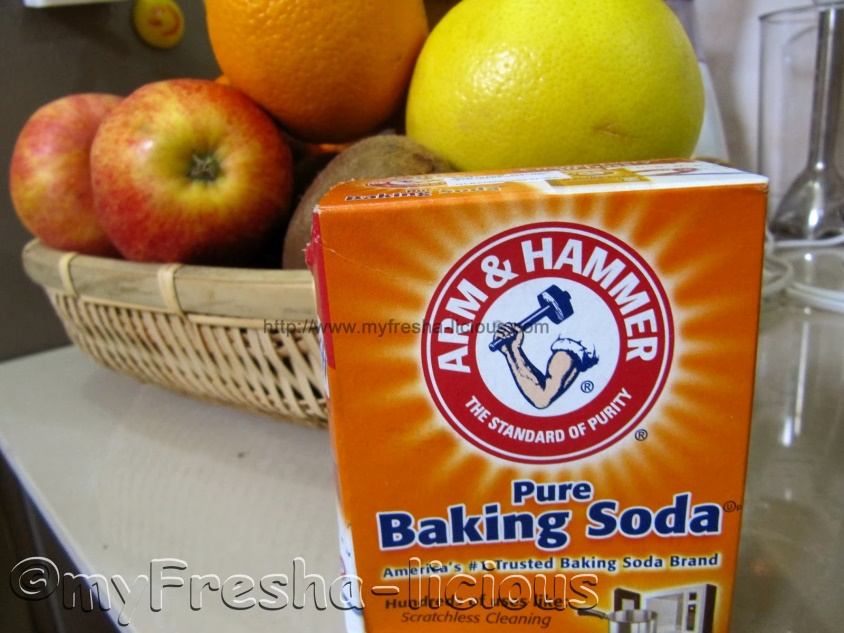
It would be no surprise, maybe, that baking soda would triumph over water. But what was surprising was that baking soda even outdid the bleach solution. Baking soda was the most effective, especially at removing pesticide residues both on the surface and beneath the skin of apples.
The baking soda solution used in the study was very weak, also. All it took was a mix of only one ounce of baking soda mixed with 100 ounces of water.
Now admittedly, in the studies mentioned above, researchers cleaned produce much longer than most of us would on an ordinary day. Most of us would never wash vegetables for longer than a couple of minutes. So I wondered if the results of these studies could be adapted to more practical everyday use.
The answer showed up on a great site, Food Revolution (www.foodrevolution.org). While the method their researchers came up with won’t be quite as effective as study results, it still delivers good results. Here’s their quick and easy way to wash veggies using baking soda.
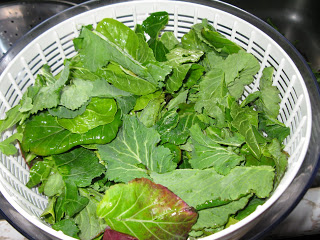
For leafy greens:
Fill a salad spinner with greens, then fill with water.
Add a teaspoon of baking soda; mix well.
Soak your greens for a minute, swish, dump, then rinse, and spin dry.
If you don’t have a salad spinner, you can add the greens, water, and baking soda to a bowl, let them soak, drain in a strainer, rinse, then pat leaves dry with a clean lint-free kitchen towel or paper towels.
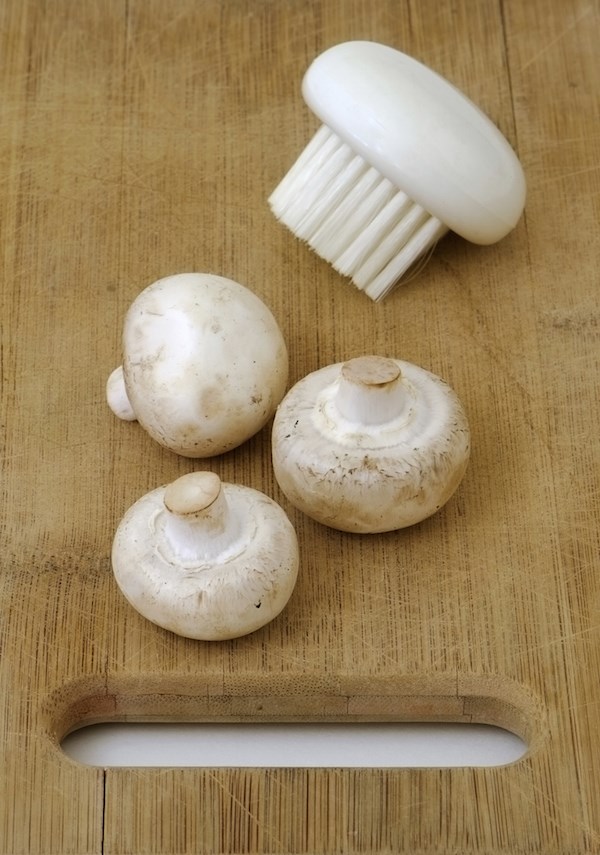
For mushrooms, there’s debate in the culinary world on this topic, but:
Some chefs prefer to gently wipe mushrooms with a damp towel.
However, to clean mushrooms thoroughly, gently scrub them using a mushroom brush and then rinse them quickly under running water.
After that, blot the mushrooms dry with a clean kitchen towel or paper towel.
Use your cleaned mushrooms immediately, though. All pros agree from their personal experience that cleaned mushrooms deteriorate quickly in storage.
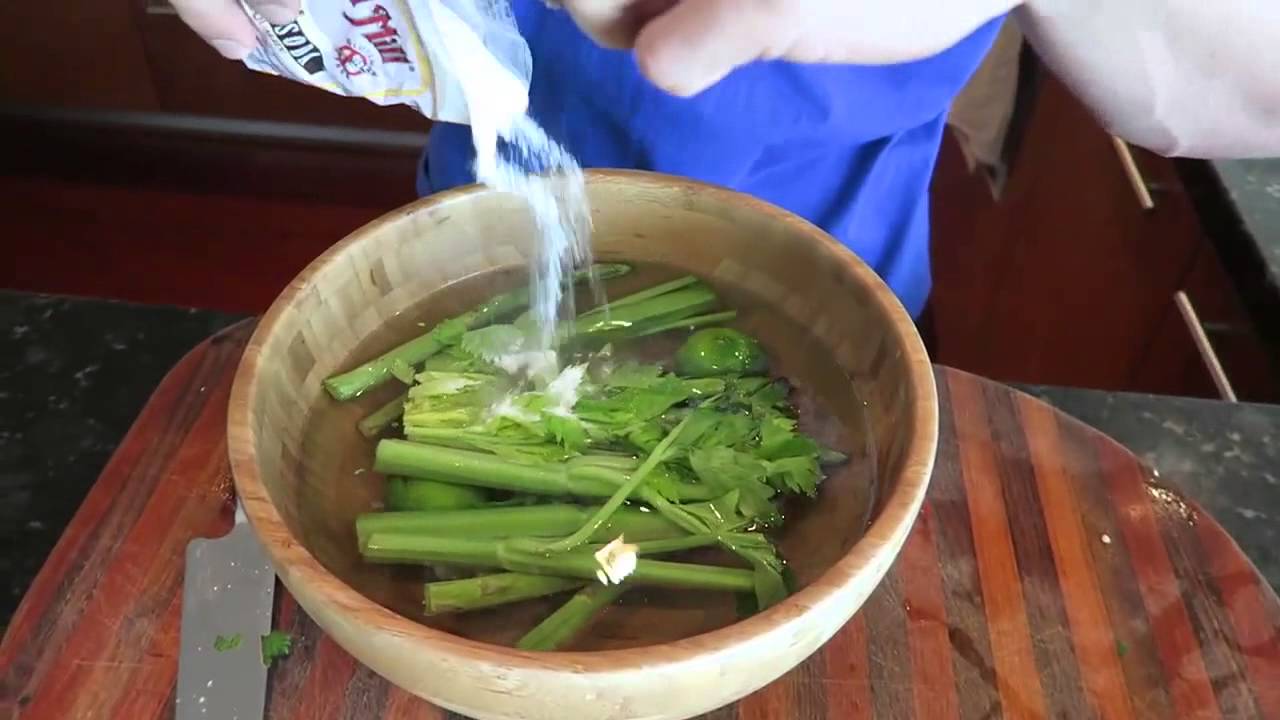
For other veggies:
Fill a large bowl with water.
Add a teaspoon of baking soda.
Add the veggies.
Soak for a minute or two.
Scrub with a brush.
Rinse the veggies well.
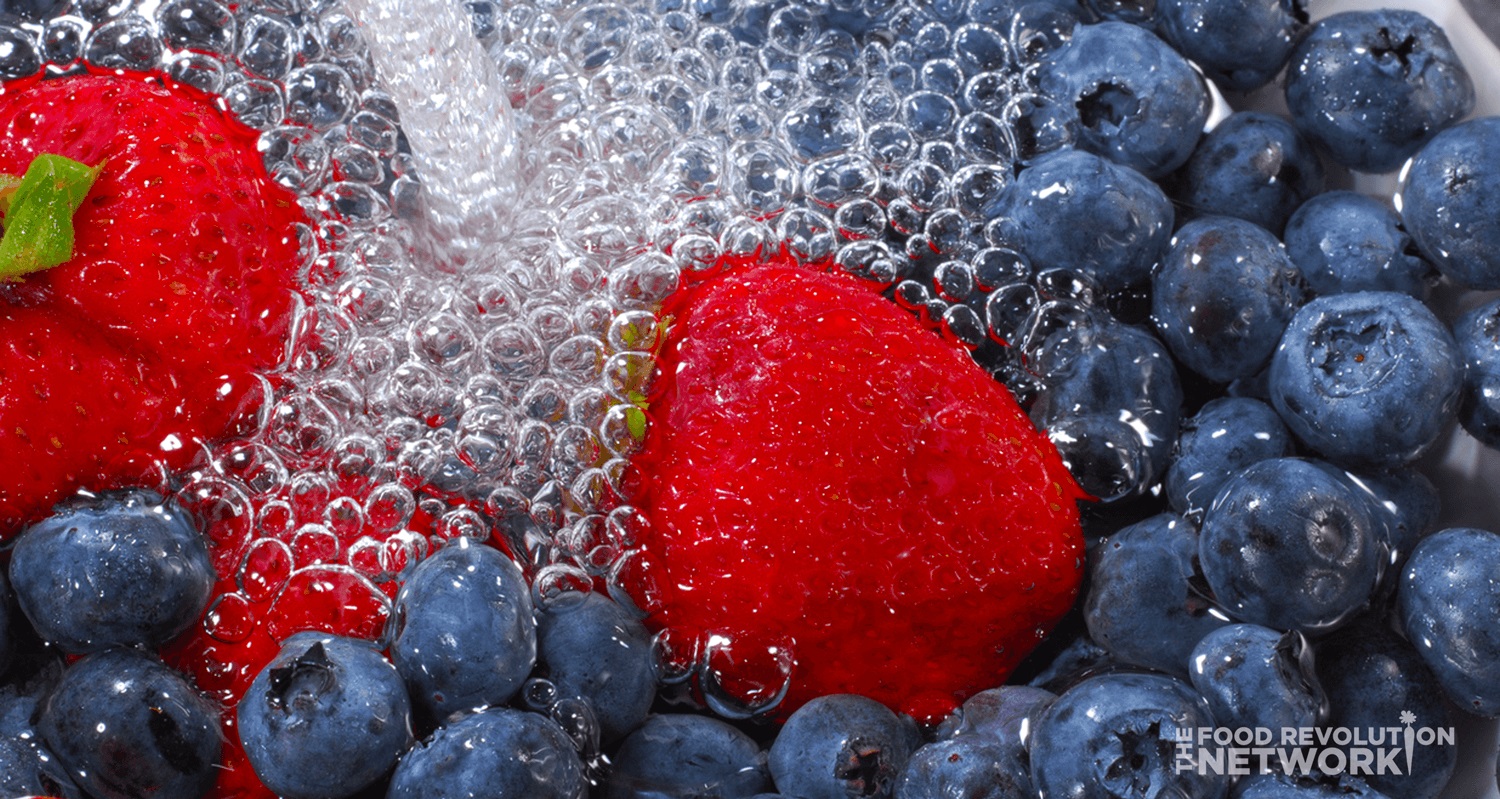
For fruits:
Smooth skinned fruits, such as apples, nectarines, cherries, and blueberries can be washed in a baking soda bath the same way as veggies.
Strawberries, though, should just be rinsed under cold water in a mesh strainer, then gently patted dry with a clean kitchen towel or paper towels just before eating.
One last note, berries-wise: Although your instinct may be to rinse off berries when you bring them home, doing so actually increases moisture and accelerates spoilage, microflora, and mold. It’s best to save the rinsing until just before you eat them.
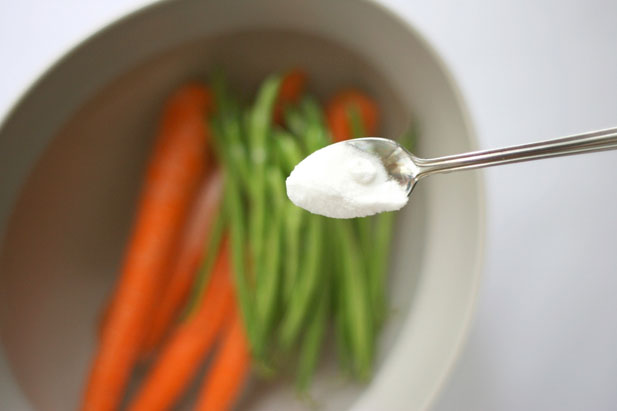
So the main takeaway? Good food hygiene means learning how to effectively wash produce, whether it’s organic or conventional. And the scientific conclusion…don’t bother with fancy produce soaps; making your own baking soda or salt solution is the best option.
- www.foodrevolution.org
- www.ecos.com
- www.food-hacks.wonderhowto.com
- www.myfresha-licious.com
- www.simplyhomemaking60.blogspot.com
- www.foodnetwork.com
- www.fitlife.com
- www.yuppiechefs.com
 Alice Osborne
Alice Osborne
Weekly Newsletter Contributor since 2006
Email the author! alice@dvo.com
